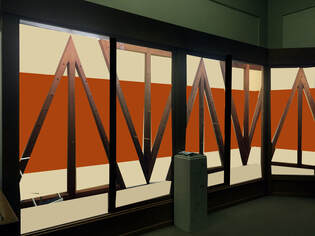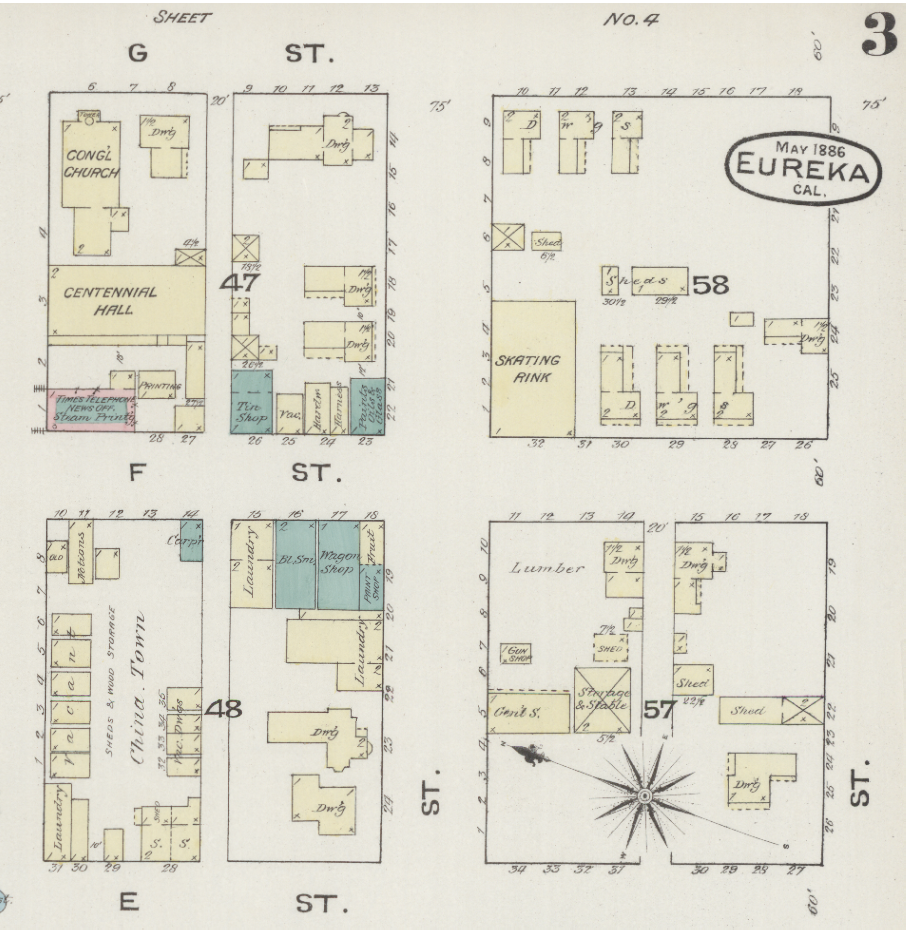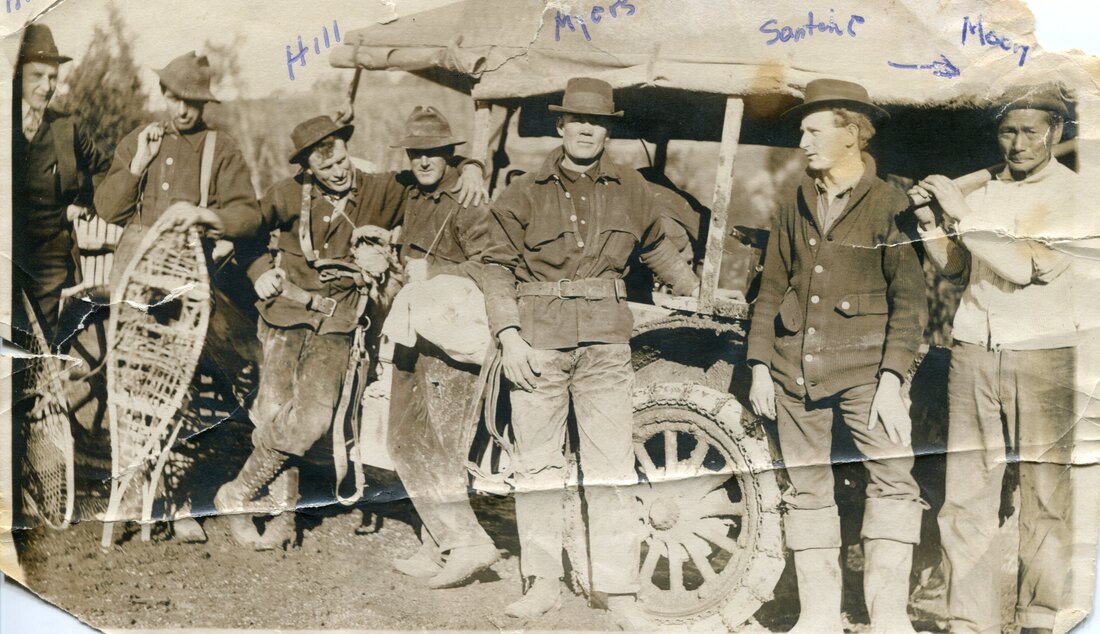| From Curator/Registrar Brittany Britton: The Hover Collection came into the Clarke Museum in 1983 and another portion in 1996. It is a landmark collection of mainly baskets by Karuk weavers, but also representing other Yurok and Wiyot weavers. The collection has been on display since, and has had various exhibits curated from the 275+ item collection including basketry, regalia, utilitarian items and more. The Hover Collection case itself was in need of updating from being covered floor to wall in carpeting from the late 1980's. A major update of signage was needed for readability as well as newer detailed information related to the collection from Ron Johnson's 2015 Hover Collection Catalog. | |
| | The update features new signage reflecting the history of the collection starting with Emma Pearch, a Karuk weaver, collecting baskets and moving through the family of weavers and collectors until Lee Hover donated the collection in 1983. Come down and see the collection with an updated lens! If you favorite is not on the shelf, never fret - baskets from the 275+ item collection are rotated twice a year so the collection can rest from light exposure. |




 RSS Feed
RSS Feed